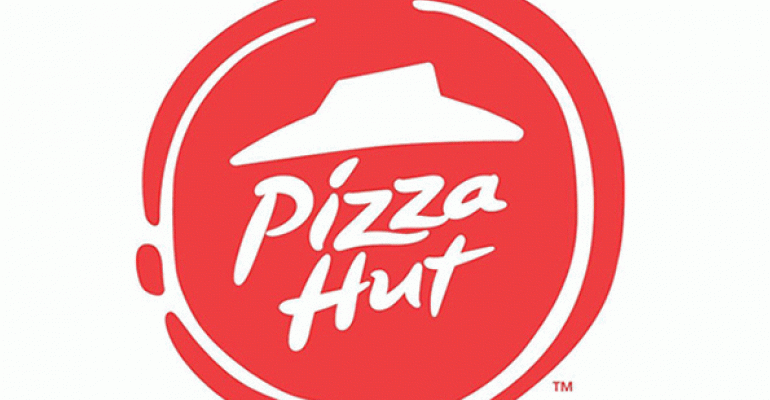 This post is part of the On the Margin blog.
This post is part of the On the Margin blog.
Last week, Yum Brands Inc. reported relatively strong fourth-quarter earnings. The company’s spinoff of Yum China worked out well. Its stock hit an all-time high. It continued refranchising locations. Taco Bell continued hitting on all cylinders, while KFC in the U.S. continued its incredible comeback.
There was one exception: Pizza Hut. The chain’s U.S. same-store sales fell 4 percent in the fourth quarter, far worse than analysts expected. Mark Kalinowski, an analyst with Instinet, says results could be worse in the first quarter, when the company finds itself up against its strongest quarter in recent years.
Kalinowski, for one, says it’s time for Yum to divest itself of the pizza chain.
“We continue to believe Yum! Brands should aggressively examine its corporate structure in multiple ways,” he wrote. “One is that … it’s time for Pizza Hut to be divested.”
Kalinowski cited market-share data noting that Pizza Hut’s share of the U.S. limited-service pizza category has fallen from 25 percent in 1995 to 14.5 percent in 2015.
To be sure, Yum operates three brands and has a global reach, with 44,000 restaurants worldwide. In the keep-it-simple world of Wall Street, this periodically results in calls for the company to sell off one or more assets.
Yum did that, of course, by spinning off Yum China to become a primarily franchised business. But selling another brand could satisfy those who say Yum as a company is less than the sum of its parts.
Pizza Hut has definitely struggled. It’s possible that sometime this year it will lose its status as the nation’s largest pizza chain to Domino’s, which, as recently as 2013, generated $2 billion a year less in system sales.
Efforts to reinvigorate Pizza Hut have either failed or didn’t last long. In 2014, the company tried what it called the biggest campaign in its history, changing everything from its pizzas to its uniforms. It then used a television commercial highlighting the reaction to the pizzas from ordinary Italians who didn’t like the pizzas.
The effort failed. And although refocusing on price and its classic pizzas got same-store sales back up for a time in 2015 and into 2016, they quickly turned south in the face of intense competition.
Executives were so dismayed with the results that they hired outside consultants to analyze the business. Those experts, Yum CEO Greg Creed said on the company’s earnings call last week, cited digital improvement, delivery times, simplifying the point of sale system and “asset optimization.”
“Unlike a lot of transformations, you can’t just introduce a new product,” Creed said. “This one takes a little time.”
Kalinowski, for his part, says Pizza Hut is at a disadvantage to its competitors, notably Domino’s Pizza Inc. and Papa John’s International Inc., which are single-concept companies. As part of a larger corporate entity, “focus can be much more difficult to come by,” he wrote.
Yum could keep a stake in Pizza Hut, even as it sells the chain, he says. The Wendy’s Co. did that in 2011, when it sold Arby’s to Roark Capital Group, keeping a portion of the chain in the process.
All Arby’s has done since is increased same-store sales every quarter. Keeping that chunk has paid off dividends for Wendy’s — literally. In 2015, Wendy’s received a $54.9 million dividend over Arby’s.
All that said, Yum has been in this position before with one of its brands. Three years ago, KFC was a has-been concept in the U.S., having lost its status as the country’s largest chicken chain.
And then a new head of domestic operations, improved relations with franchisees and a series of buzzworthy ads, among other things, lifted same-store sales, and has the chain going in the right direction. There’s no reason Yum can’t do the same thing with Pizza Hut.
Jonathan Maze, Nation’s Restaurant News senior financial editor, does not directly own stock or interest in a restaurant company.
Contact Jonathan Maze at [email protected]
Follow him on Twitter: @jonathanmaze

